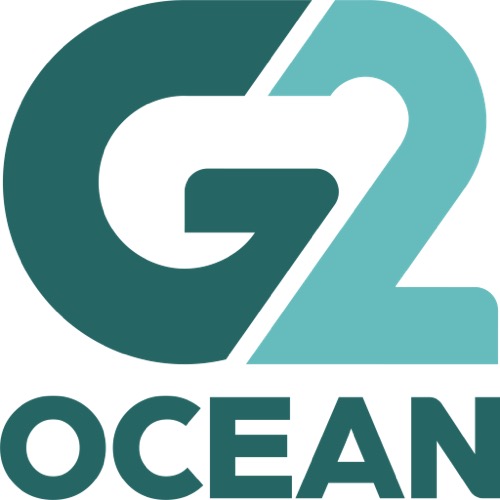Interview with
Mr. Edwin Peh, Project Cargo Director, Pacific & Global Capital Projects
&
Mr. Michael Morland, Project Cargo Director – Atlantic

For starters could you elaborate a little on the history and background of G2 Ocean?
G2 Ocean was established in 2017 as a joint venture between two of the world’s largest open hatch ship-owning companies — Gearbulk and Grieg Maritime Group. Since its inception, G2 Ocean has become one of the largest ship operators in the open hatch segment, managing approximately 120 vessels across more than 30 international trade routes.
The company has demonstrated steady growth over the years. In 2024 alone, G2 Ocean operated close to 43,000 voyage days, representing a 5% increase from the previous year. The company’s cargo volumes grew by 9% in the same period, totalling 27 million revenue tons in 2024. This performance resulted in a gross revenue of USD 1,382 million for 2024, with USD 392 million distributed to its pool participants, Gearbulk and Grieg Maritime Group.
The company is headquartered in Bergen, Norway. To support our customers and network worldwide, we have two hubs located in Singapore and Atlanta, USA, as well as 12 representative offices around the world. As of 2024, our workforce numbered 329 employees.
While G2 Ocean’s legacy is in Bulk & Pulp shipping, since our formation in 2017, we have placed a strong focus on the growth of Project Cargo, which perfectly complements our trading activities on our backhaul routes. In 2024, project cargo represented 11% of our total cargo mix.
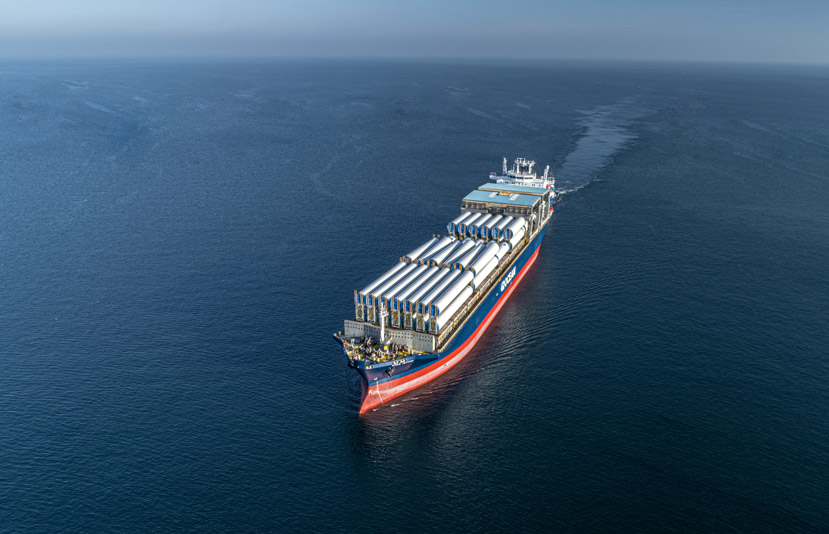
What kind of services do you run from Asia to The Americas, and which ports generally do you call? Would you characterize your service as a liner or a tramp service?
In 2024, we operated a core fleet of 89 open hatch vessels and an additional 31 vessels from third parties. We served 298 ports across 66 counties globally.
G2 Ocean maintains a strong presence at key ports throXZXZzXughout North and South America, supporting its global breakbulk and project cargo operations. In North America, the fleet regularly calls at strategic ports such as Longview and Portland on the U.S. West Coast, as well as Houston, which serves as a major hub for project cargo, including oversized industrial equipment. The company also utilizes the BC Canada ports and has an established representative office in Vancouver, Canada.
In South America, G2 Ocean’s network includes prominent Brazilian ports such as Santos, Aracruz, Itajaí, Navegantes, and Itapoá, which serve as important gateways for pulp, oil and gas, and containerized cargo. We also operate at Chilean ports, mainly Valparaíso, Iquique, Angamos and Antofagasta. These ports are integral to G2 Ocean’s semi-liner services connecting Asia to the Americas, enabling safe, flexible, reliable, and sustainable shipping solutions to our customers.
We operate in 33 trade lanes across the world and cover a comprehensive range of service models. Some trade lanes follow liner-like patterns, others are semi-liner, and certain cases operate on more opportunistic/tramp models. This flexibility enables us to deploy our assets according to customer demand and needs, and optimal fleet suitability.
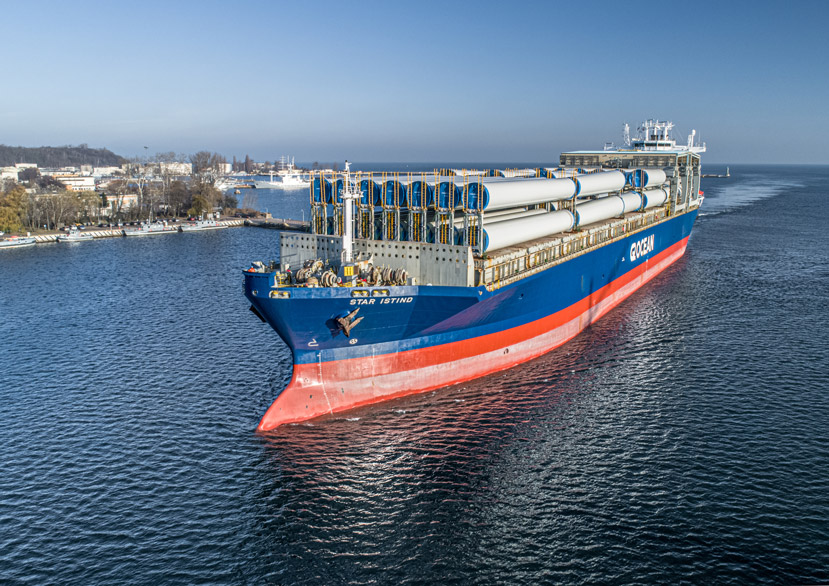
What type of vessels do you employ currently, and can you tell us about your strengths in moving project cargoes across the Pacific? How many years have you been active in Latin America? (I ask since I am residing in Chile.)
G2 Ocean operates a core fleet of around 90 open hatch vessels and an additional 30 vessels from third parties. These vessels are particularly suited for transporting oversized and project cargo, including wind energy components, mining machinery, and industrial modules. Gearbulk, the parent company of G2 Ocean, has been active in South America since its founding in 1968 and establishment of the Rio office in 1980. G2 Ocean has been active in delivering project cargoes for projects across different industrial segments in South America.
G2 Ocean’s newbuilds (Open Hatch vessels with 82,300 dwt capacity), arriving between 2026 and 2029, are designed to enhance project cargo operations with greater lifting capacity, flexible deck stowage, and lower emissions. These features directly support the safe and efficient transport of complex cargo like wind components and heavy equipment, aligning with the sustainability and reliability needs of project cargo customers.
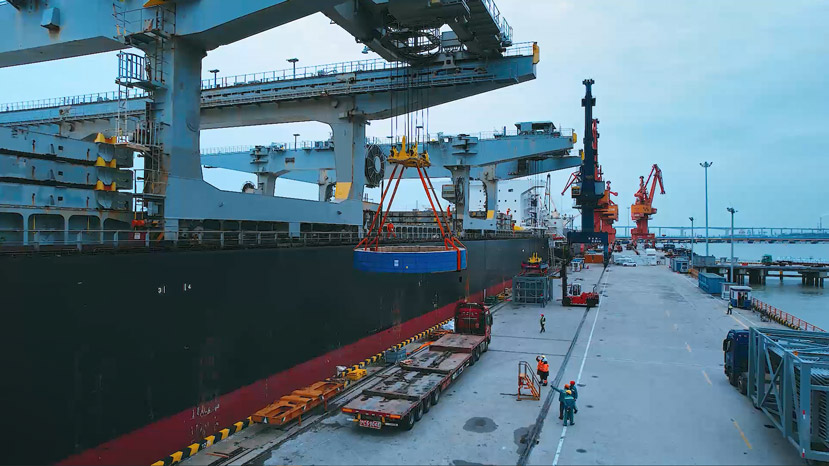
Could you provide our readers with a few examples of project cargoes that you have successfully carried?
G2 Ocean has handled a wide range of project cargoes, including showcase examples like:
- Suzano ‘Cerrado’ Pulp Mill: About 80,000 freight tons project cargo (steel structures and equipment) and 600 SOC containers shipped from China to Brazil.
- Petrobras Búzios P82 FPSO Project: Equipment and modules up to 376 metric tons and 18.6 metres tall shipped to Aracruz, Brazil.
- Housing Modules: More than 1 million freight tons delivered over 23 voyages from Malaysia to Saudi Arabia.
- 367 MT reactor: Shipped from Rotterdam to Houston using floating cranes at both ends.
These examples demonstrate G2 Ocean’s expertise in handling complex, oversized cargo with precision and safety.
While the above examples are highlights, it should also be noted that smaller commodities are transported regularly on most trade lanes. Cargoes from sectors such as wind and renewable energy, oil & gas, power generation, energy storage, civil construction, mining and various other breakbulk commodities are shipped consistently on each voyage. We invite your readers to check with us what G2 Ocean can offer and engage us in discussion to help solve their shipping needs.
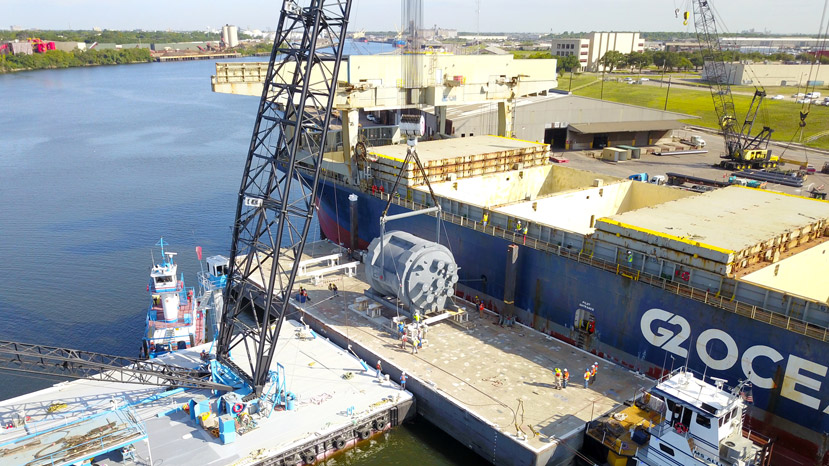
Some shipowners also see fit to get involved in logistics and as such, compete with the project forwarders. What is the policy of G2 Ocean in this regard?
G2 Ocean’s strategy focuses on being a customer-oriented and reliable shipping company that provides innovative and value-adding solutions in the project cargo market. We can complement project forwarders by focussing on robust & sustainable ocean transport capabilities.
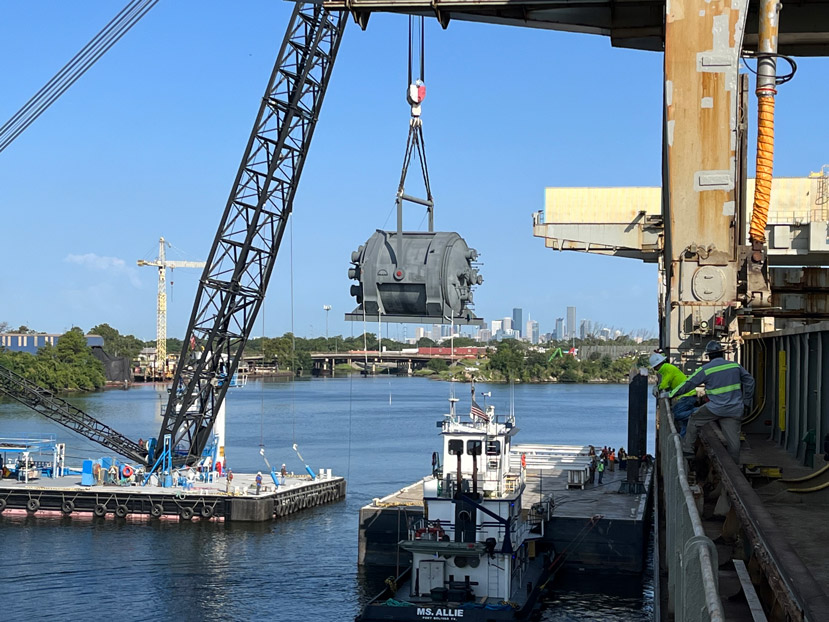
How do you view the market towards the end of 2025 and heading into 2026 in light of what we might call global uncertainties?
The market is most definitely uncertain, but we believe the fundamentals of demand are good in the Project Cargo market. There is a lot of activity accumulating, which may be postponed due to pent-up demand. We are hopeful that once the geopolitical climate becomes more predictable, financing will once again support larger investments.
In the meantime, some restraint is expected, which will likely result in limited cargo volume through 2025 and the first half of 2026, remaining relatively consistent with today’s market conditions. However, once geopolitical factors stabilize, we foresee a backlog of projects in several sectors, leading to an optimistic outlook for the second half of 2026 onwards.

You’ve got offices around the world. Where could our readers ideally reach you in case they’ve got project cargo inquiries?
We organise our services by customer location to serve our clients better in their respective time zone and geographical areas. For project cargo enquiries:
Atlantic region (Europe, West Africa, Americas): Contact Michael at projects.atlantic@g2ocean.com
Pacific region (Asia, Australia, Middle East, East Africa): Contact Edwin at projects.pacific@g2ocean.com
Website: https://www.g2ocean.com/
